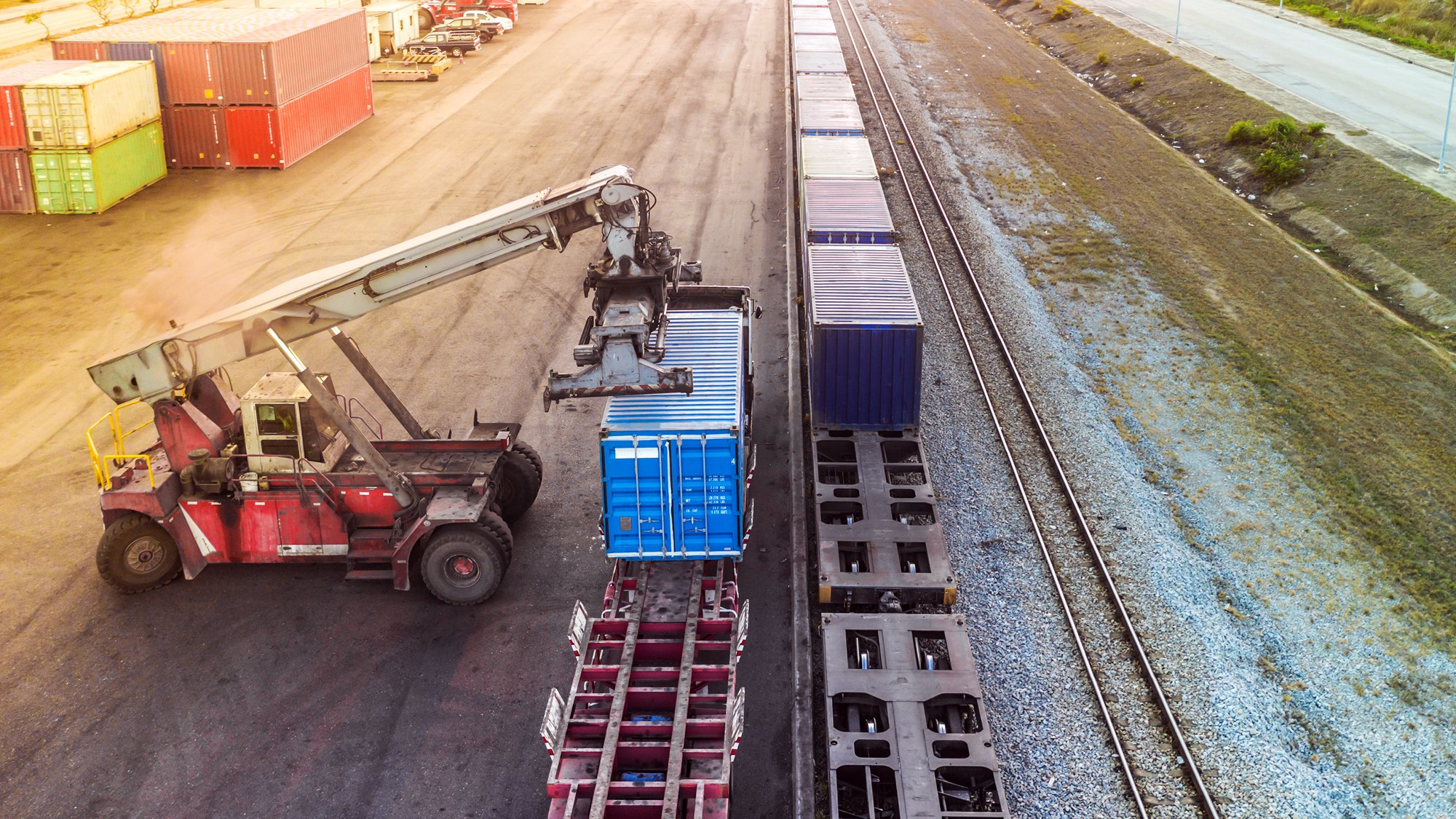Road freight commonly presents the most carbon intensive step in the supply chain, urging many organisations to explore lower-emission alternatives.
Over 8,000 twenty-foot equivalent units (TEU) arrive at the Port of Melbourne each day and are delivered by truck to businesses across Victoria. To provide organisations with lower-emission freight options from the Port of Melbourne, Salta Properties is developing the Dandenong South Inland Port (DSIP), to enable rail freight as an option for a range of customers.
Salta Properties engaged our team to undertake a Base Case Assessment, comparing the greenhouse gas emissions produced by existing truck freight routes with the proposed rail freight option. Our transport planning and digital specialists designed a bespoke digital calculation to analyse over 1,000 freight routes and found one train can remove up to 28 trucks from Victoria’s roads – equating to 200-270t greenhouse gas emissions.
Our assessment data is helping Salta Properties quantify reduced emissions, helping organisations to make better freight decisions. Reduced traffic congestion and improved air quality are other benefits identified in the assessment. The new intermodal terminal will include two 700-metre rail sidings, linking to an 800-metre spur connecting to the main rail line.
What we delivered
-
We developed a bespoke calculation model to measure the emissions for each supply chain step.
-
Analysis of over 1,000 freight routes and found one train can remove up to 28 trucks from Victoria’s roads.
-
Data is helping Salta Properties quantify reduced emissions, helping organisations to make better freight decisions.
Logistics, freight and supply chain
Using a sample of Salta Properties’ Melbourne-based clients, we mapped the road and rail supply chain journey from Melbourne to various geographical areas. Working with a GIS map-based application programming interface (API), we evaluated the distance and time between different locations on this journey at different times of day.
In Australia, there is no standard approach to measuring GHG emissions for freight journeys. Using fuel and electricity emission data from the Australian Transport Assessment’s vehicle operating cost models, we developed a bespoke calculation model to measure the emissions for each supply chain step.
“Anecdotally, we knew rail-based container transport to and from Dandenong South and the Port of Melbourne had to provide importers and exporters with emissions savings, but how much? Arup’s analysis quantifies the potential emissions savings available which provides Salta Properties and their tenants with data to support their transition to rail-based container transport. We think this is a big win for our tenants and the local community. ” Nick Gysberts Development Manager, Logistics & Strategic Projects, Salta Properties
Digital design
We applied a bespoke calculation to API output data, calculating emissions for over 1,000 different journey scenarios to understand the difference in emissions, total emissions savings, and the impact of congestion on emissions.
Undertaking this process, we came to several conclusions, which ultimately found rail journeys to be ~75 per cent less carbon intensive than truck journeys. The DSIP has the potential to remove 50,000 truck journeys from Melbourne’s roads, while saving 737,600 litres of fuel each year.
Sustainability consulting
Supply chains are one of the largest contributors to an organisation’s Scope 3 greenhouse gas emissions – indirect emissions occurring outside of the organisation’s direct operational control.
Quantifying the GHG emissions of a rail freight journey and providing a cross-comparison with truck options empowers Salta Properties’ clients to make informed decisions, reduce their emissions and access reliable emission reporting data.
As the development progresses, Salta Properties can market the Dandenong South Inland Port to new and existing clients with the backing of clear, data-led and evidence-based information.
We will continue to support Salta Properties through future phases of the project.
“The Inland Port is an intentionally funded infrastructure investment to address climate change and enable businesses across Melbourne to access less carbon intensive freight options. ” Sam Oswald Senior Engineer
 ;
;








